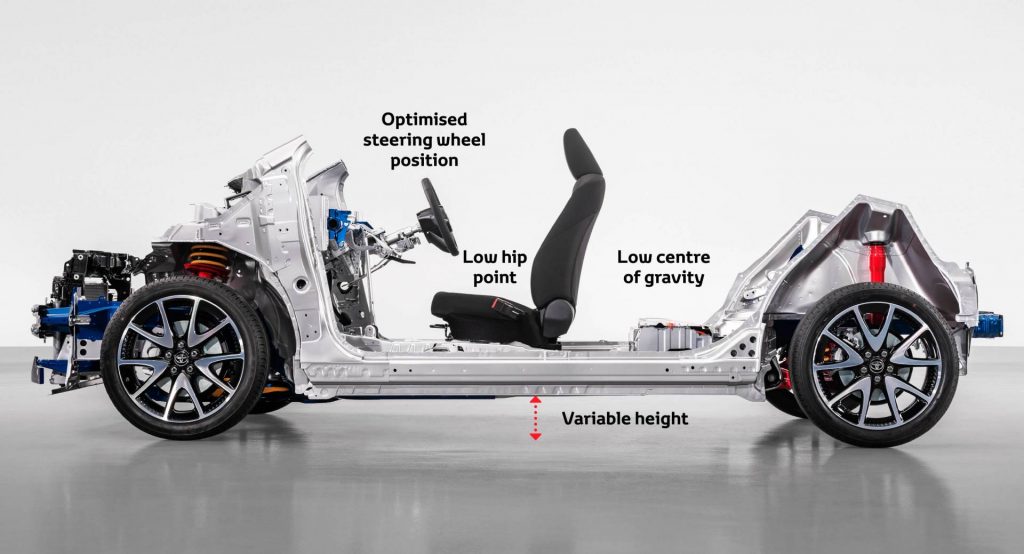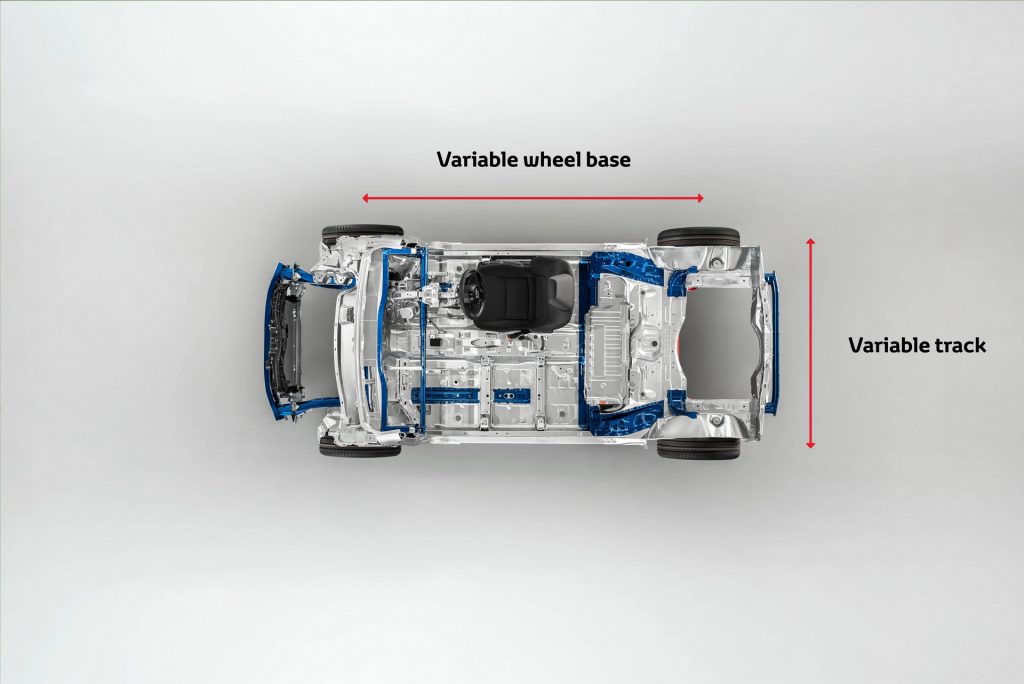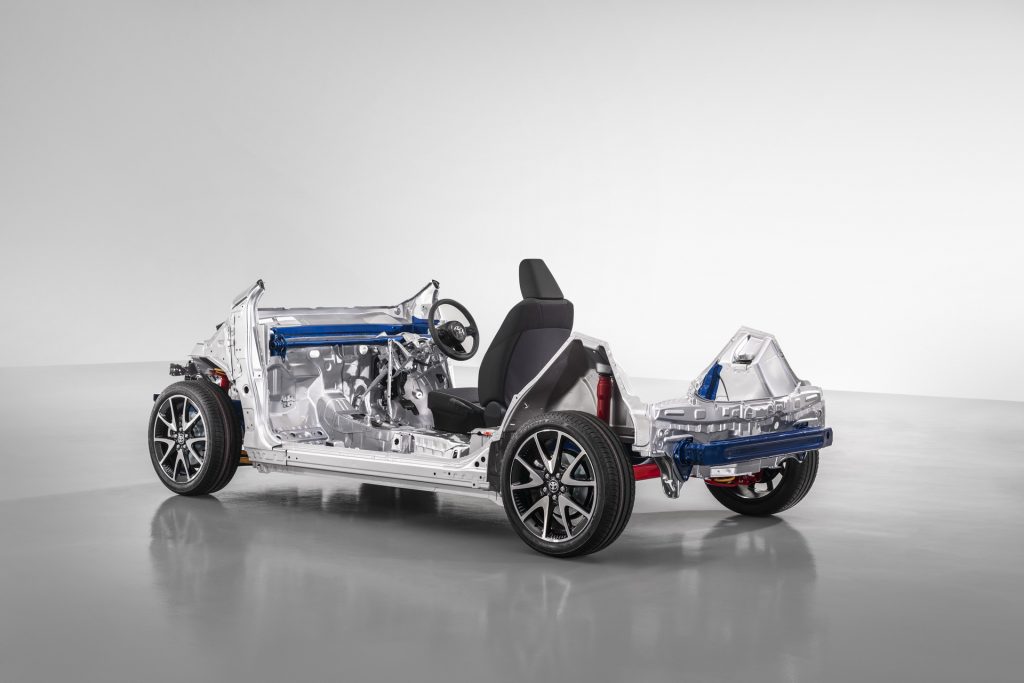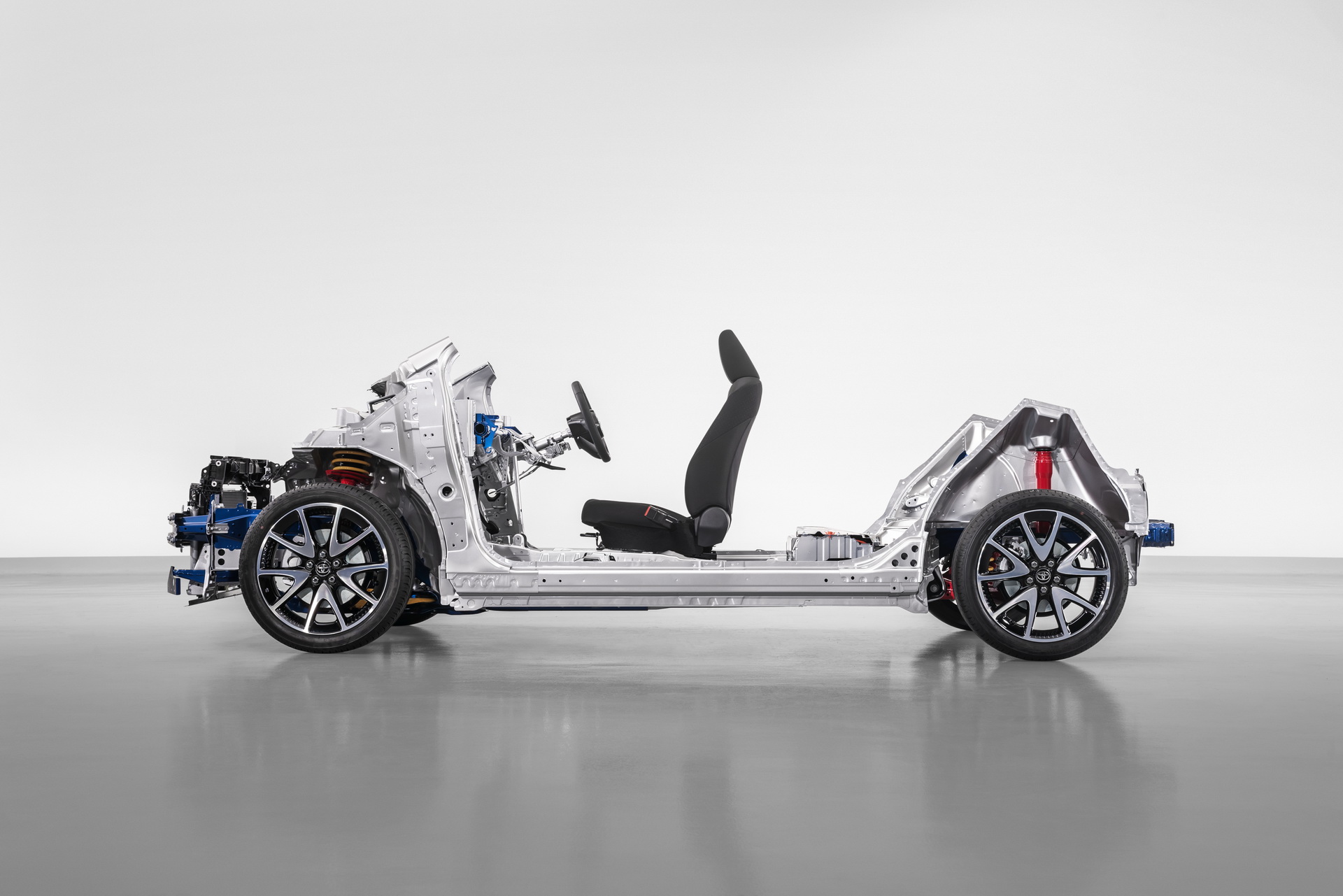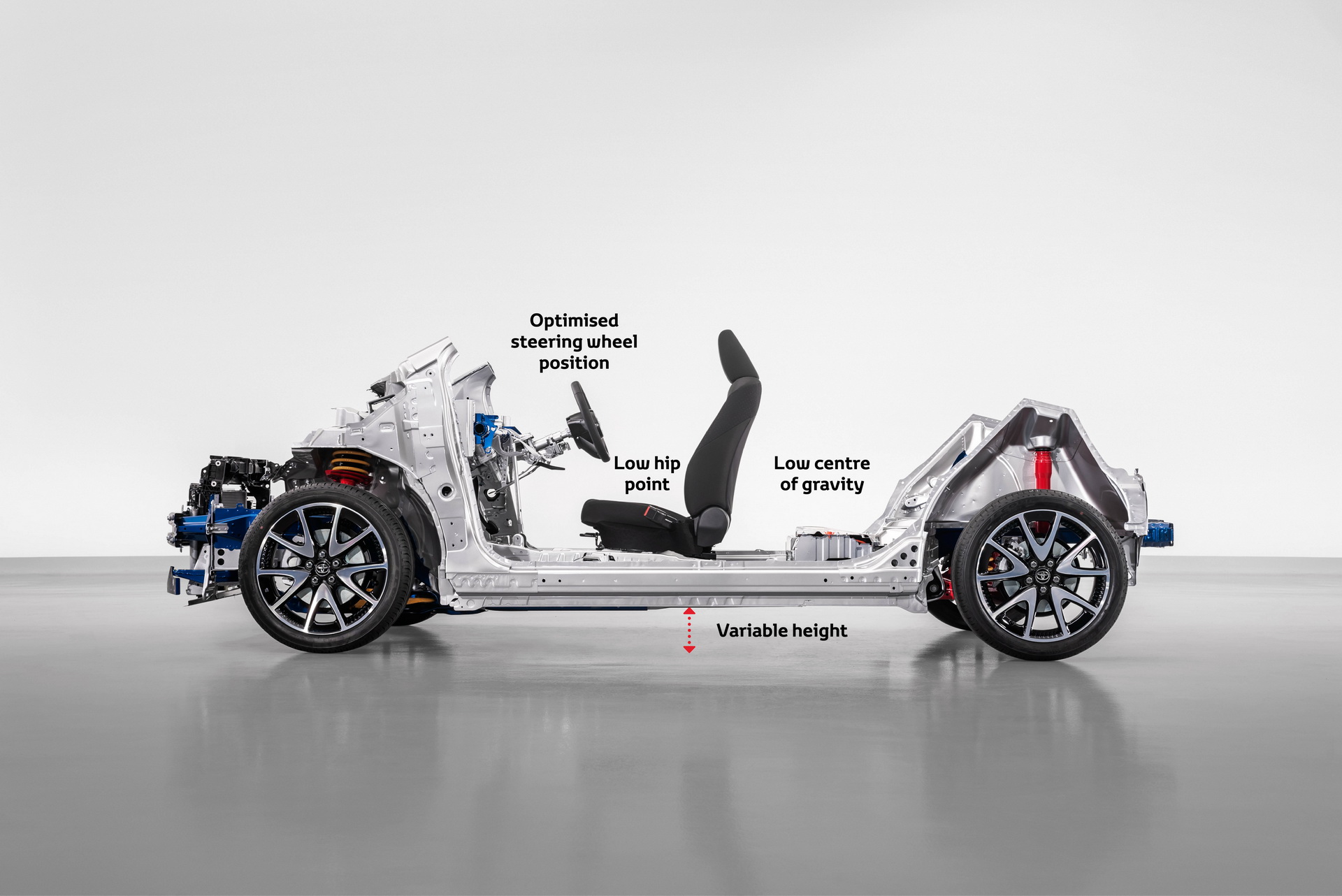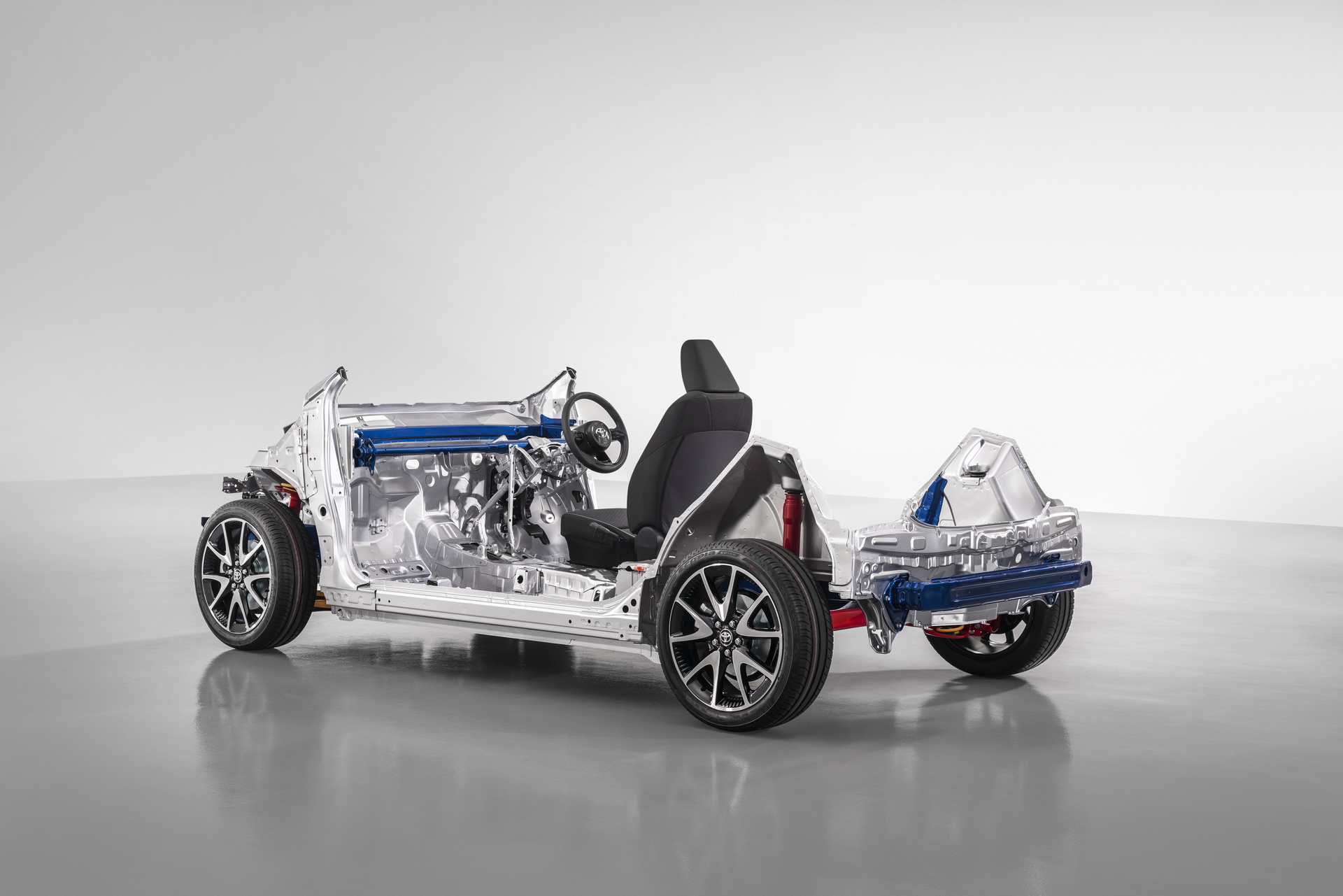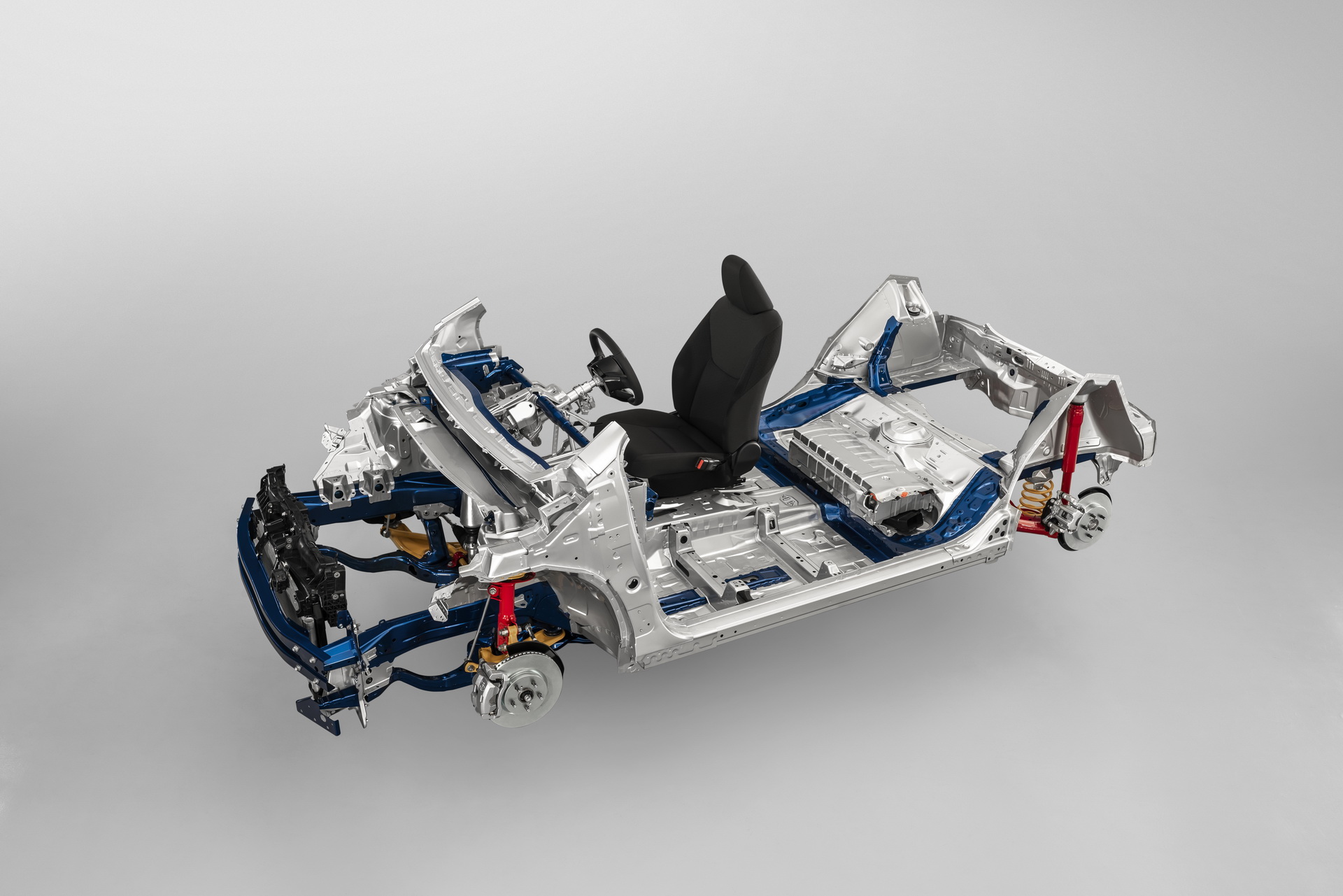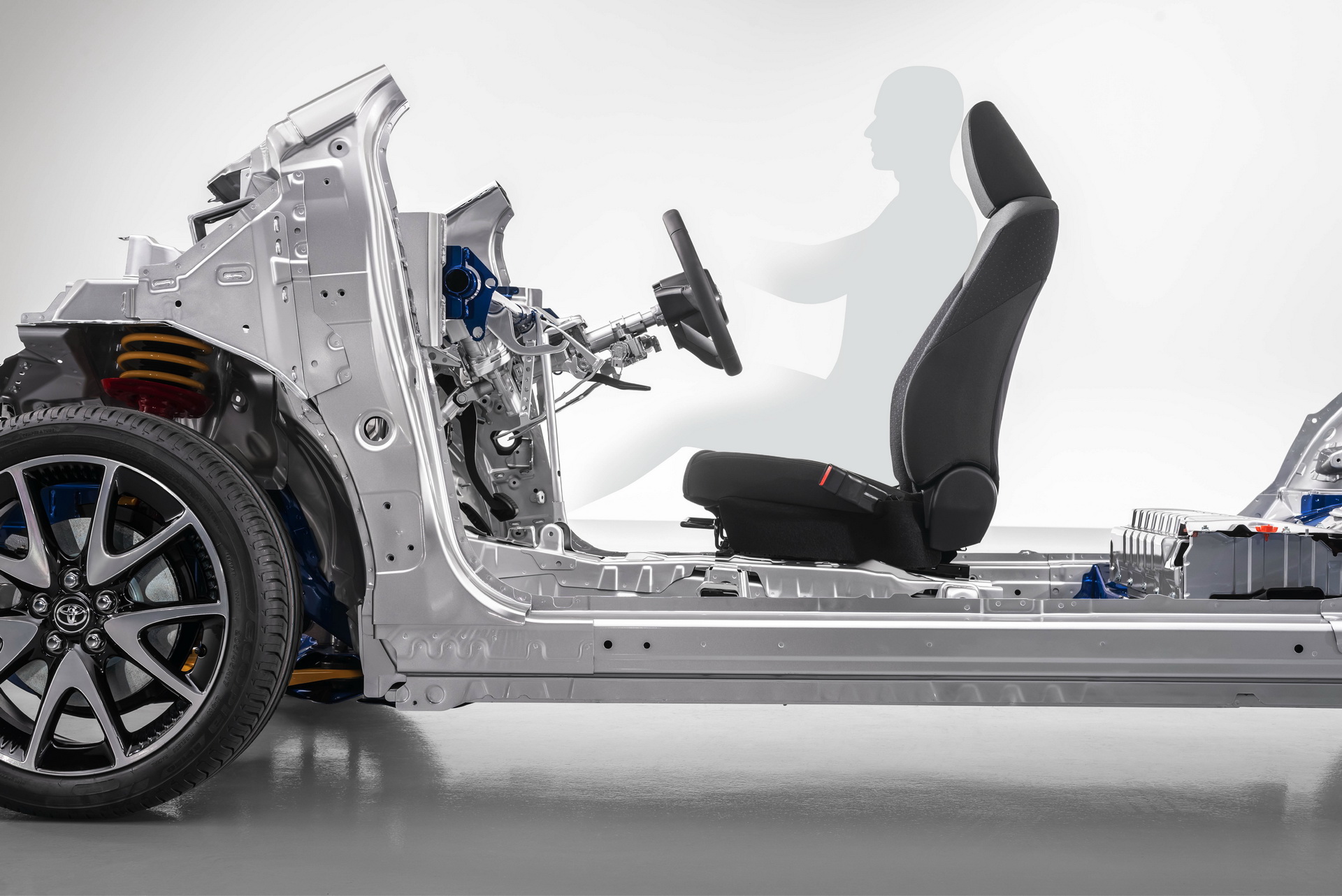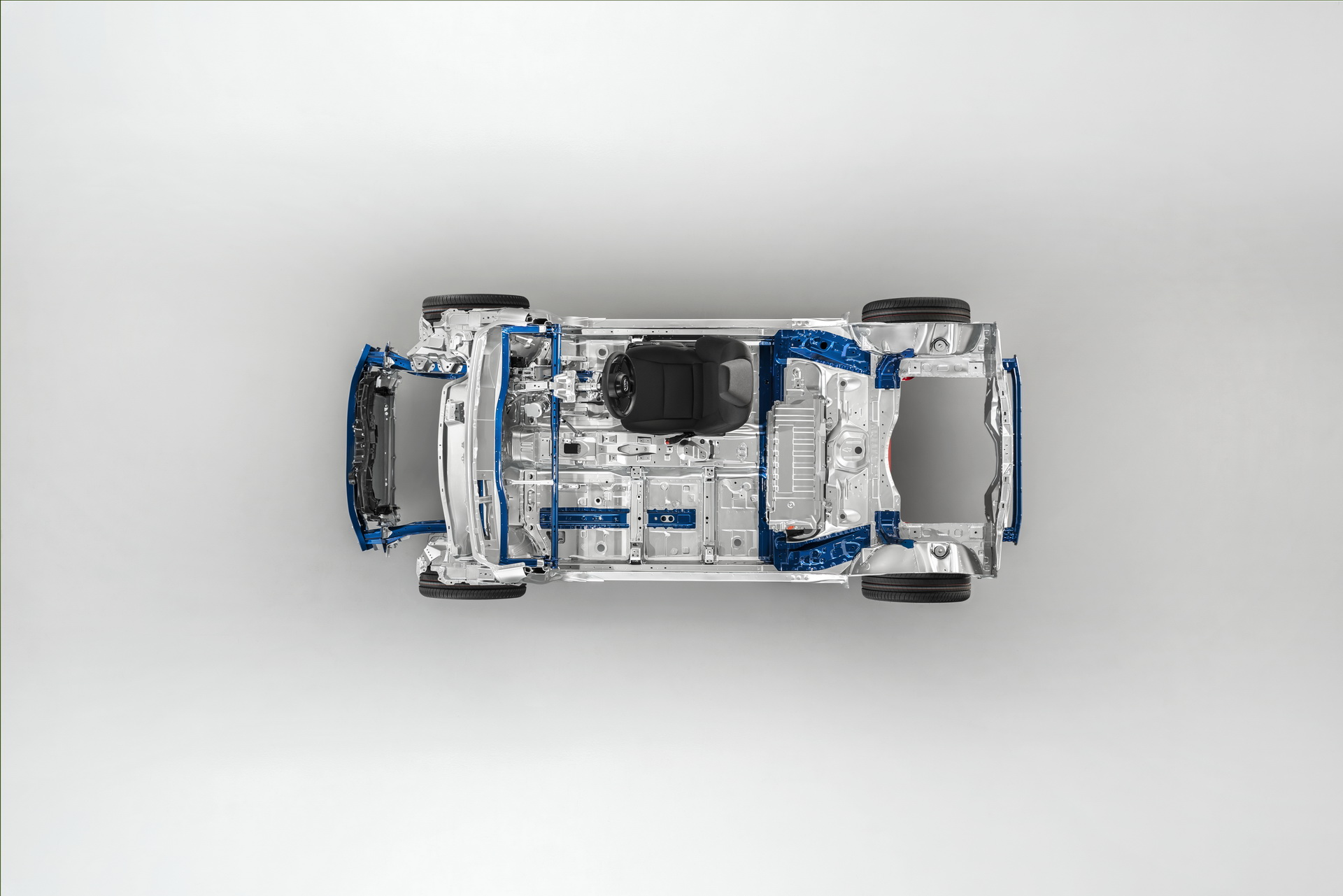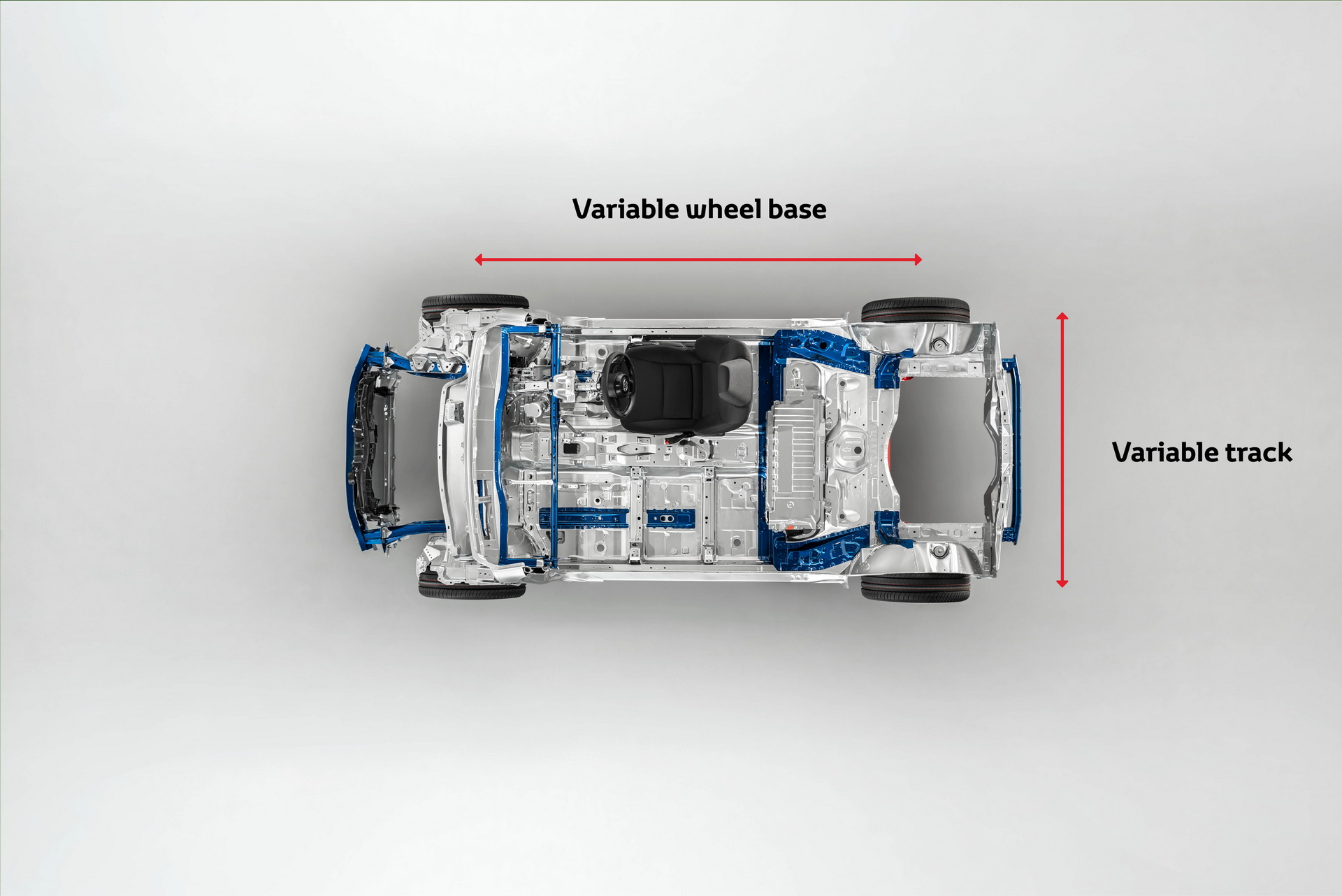Toyota recently released details about its flexible new small car platform that will underpin the next-generation Yaris.
Called GA-B, the new platform is a part of Toyota New Global Architecture (TNGA) family of modular unibody vehicle platforms. For now, Toyota has only confirmed the next-generation Yaris as a beneficiary of the GA-B but the automaker, has dropped hints that a new small SUV could use the platform as well.
In the press release announcing the GA-B, the automaker said that the new platform “offers a great deal of modularity, with a variety of wheelbase lengths, vehicle heights and track widths, allowing designers and engineers to create appealing vehicles of different sizes and body types.”
Also Read: Bubbly Looks, Hybrid Power And Everything Else We Know About The 2020 Toyota Yaris
Given the ongoing crossover SUV trend, this suggests Toyota could build a high-riding vehicle alongside the Yaris. The move would make Toyota one of the last companies to enter Europe’s booming B-segment SUV segment. Currently, the brand’s smallest crossover, the C-HR, is based on the larger GA-C platform.
The new GA-B platform is said to improve handling ability given its increased rigidity and lower center of gravity. Depending on the vehicle type, it can accommodate two different types of rear suspension: a cheaper torsion beam or a more complex multi-link set-up.
Another benefit of the new platform is that it allows designers to give each model a “visually distinctive and individual look with a low stance and appealing proportions.” Since the wheels are positioned at the platform corners, the overhangs are smaller at the front and rear, it enables the styling team to create cars with a low height and wide stance that look more dynamic.
According to Autonews Europe, the new small crossover is likely to be built at the Valenciennes plant in France alongside the next-generation Yaris. Toyota hasn’t provided timing or confirmation regarding the production start of either models. In early 2018, the automaker did confirm it was bringing the TNGA platform to its French plant, and to that end was investing more than €300 million ($331 million), enabling an annual output of 300,000 units.



